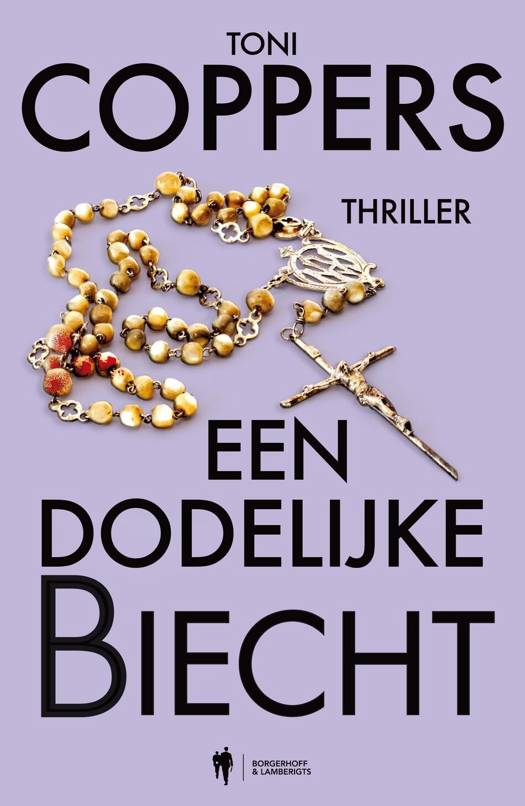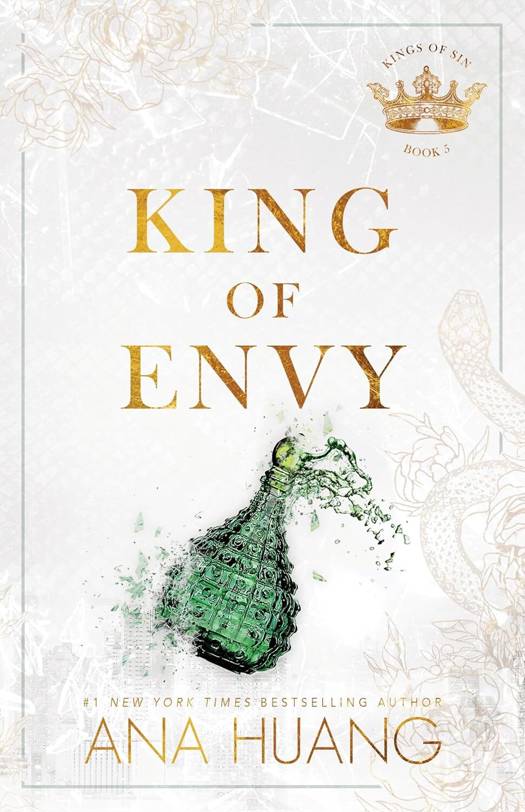
- Afhalen na 1 uur in een winkel met voorraad
- Gratis thuislevering in België vanaf € 30
- Ruim aanbod met 7 miljoen producten
- Afhalen na 1 uur in een winkel met voorraad
- Gratis thuislevering in België vanaf € 30
- Ruim aanbod met 7 miljoen producten
Zoeken
Omschrijving
"The Minister's Black Veil" is a short story written by Nathaniel Hawthorne. It was first published in the 1836 edition of The Token and Atlantic Souvenir, edited by Samuel Goodrich. It later appeared in Twice-Told Tales, a collection of short stories by Hawthorne published in 1837. The story begins with the sexton standing in front of the meeting-house, ringing the bell. He is to stop ringing the bell when the Reverend Mr. Hooper comes into sight. However, the congregation is met with an unusual sight: Mr. Hooper is wearing a black semi-transparent veil that obscures all of his face but his mouth and chin from view. This creates a stir among the townspeople, who begin to speculate about his veil and its significance. As he takes the pulpit, Mr. Hooper's sermon is on secret sin and is "tinged, rather more darkly than usual, with the gentle gloom of Mr. Hooper's temperament". This topic concerns the congregation who fear for their own secret sins as well as their minister's new appearance. After the sermon, a funeral is held for a young lady of the town who has died. Mr. Hooper stays for the funeral and continues to wear his now more appropriate veil. It is said that if the veil were to blow away, he might be "fearful of her glance". Mr. Hooper says a few prayers and the body is carried away. Two of the mourners say that they have had a fancy that "the minister and the maiden's spirit were walking hand in hand". That night another occasion arises, this time a joyous one-a wedding. However, Mr. Hooper arrives in his veil again, bringing the atmosphere of the wedding down to gloom. By the next day, even the local children are talking of the strange change that seems to have come over their minister. Yet, no one is able to ask Mr. Hooper directly about the veil, except for his fiancée Elizabeth. Elizabeth tries to be cheerful and have him take it off. He will not do so, even when they are alone together, nor will he tell her why he wears the veil. Eventually, she gives up and tells him goodbye, breaking off the engagement. The one positive benefit of the veil is that Mr. Hooper becomes a more efficient clergyman, gaining many converts who feel that they too are behind the black veil with him. Dying sinners call out for him alone. Mr. Hooper lives his life thus, though he is promoted to Father, until his death. According to the text, "All through life the black veil had hung between him and the world: it had separated him from cheerful brotherhood and woman's love, and kept him in that saddest of all prisons, his own heart; and still it lay upon his face, as if to deepen the gloom of his dark-some chamber, and shade him from the sunshine of eternity". Even though Elizabeth broke off their engagement, she never marries and still keeps track of the happenings of Hooper's life from afar. When she finds out that he is deathly ill she comes to his death bed to be by his side. Elizabeth and the Reverend ask him once again to remove the veil, but he refuses. As he dies, those around him tremble. He tells them in anger not to tremble, not merely for him but for themselves, for they all wear black veils. Father Hooper is buried with the black veil on his face.
Specificaties
Betrokkenen
- Auteur(s):
- Uitgeverij:
Inhoud
- Aantal bladzijden:
- 28
- Taal:
- Engels
Eigenschappen
- Productcode (EAN):
- 9781492250531
- Verschijningsdatum:
- 25/08/2013
- Uitvoering:
- Paperback
- Formaat:
- Trade paperback (VS)
- Afmetingen:
- 129 mm x 198 mm
- Gewicht:
- 36 g

Alleen bij Standaard Boekhandel
+ 35 punten op je klantenkaart van Standaard Boekhandel
Beoordelingen
We publiceren alleen reviews die voldoen aan de voorwaarden voor reviews. Bekijk onze voorwaarden voor reviews.











